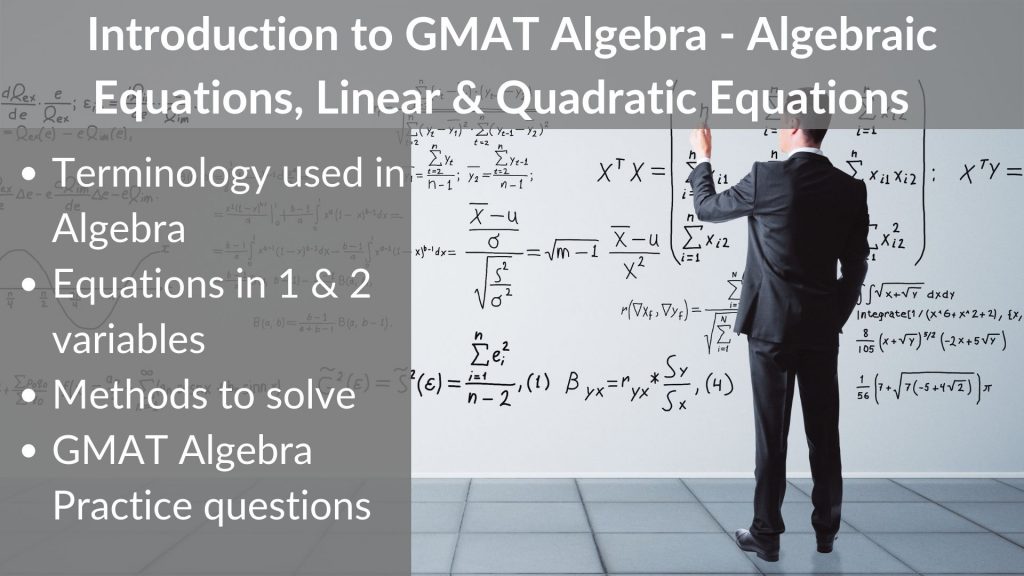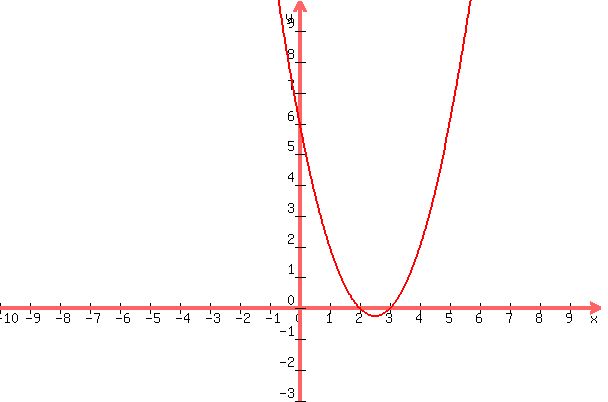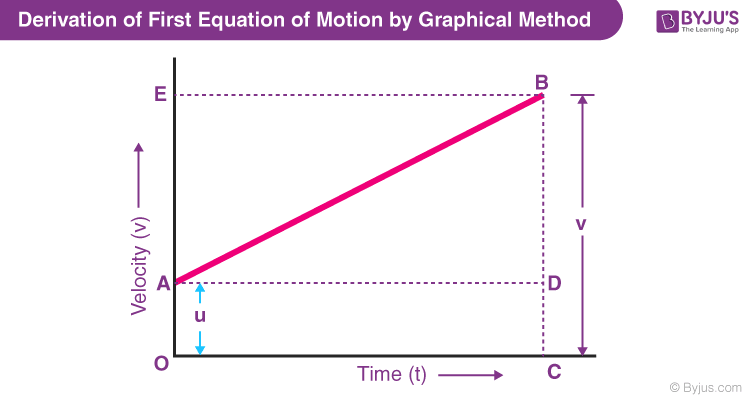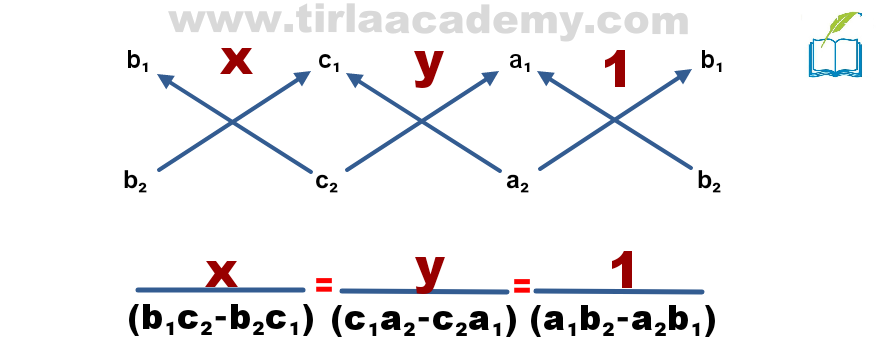What is an expression Unraveling the Equation
Table of Contents
The expression “Unraveling the Equation” refers to the process of understanding and solving a complex mathematical equation. It involves breaking down the equation into simpler components, analyzing and manipulating each part, and ultimately finding the solution. This expression emphasizes the need for patience, perseverance, and critical thinking skills in unraveling complex mathematical problems.
What is an expression?

An expression is a mathematical construct that consists of numbers, variables, and operators. In simpler terms, an expression is a combination of mathematical elements that can be evaluated to produce a result.
Definition of an expression
It can be as simple as a single constant or variable, or as complex as a combination of multiple terms and operations.
Types of expressions
There are various types of expressions, including algebraic expressions, arithmetic expressions, and logical expressions. What is an expression involve variables and coefficients, while arithmetic expressions only include numerical values and operators. Logical expressions, on the other hand, are used in computer programming and represent true or false values based on logical operations.
Importance of understanding expressions

Understanding expressions is crucial in mathematics as they form the foundation for solving equations, analyzing patterns, and solving real-world problems. By comprehending expressions, individuals can make accurate calculations, interpret mathematical relationships, and make informed decisions based on mathematical models.
How are expressions formed?
Expressions are formed by combining variables, constants, and operators in various ways. Variables play a significant role in what is an expression as they represent unknown quantities that can take on different values. Operators, such as addition, subtraction, multiplication, and division, are used to perform mathematical operations on the variables and constants in an expression.
The role of variables in expressions

Variables are placeholders for unknown values in expressions. They can represent quantities like x, y, or z, and their values can change depending on the context.
Operators and their significance in expressions
Operators are symbols or keywords that indicate the type of mathematical operation to be performed in an expression. They determine how variables and constants are combined and manipulated.. These operators allow for the creation of more complex expressions by incorporating multiple terms and operations.
Combining constants and variables in expressions
Expressions often involve a combination of constants (fixed numerical values) and variables. For example, the expression 2x + 5 combines the constant 5 and the variable x using the addition operator. By substituting different values for x, the expression can be evaluated to obtain different results.
What are the components of an expression?
An expression has several components that contribute to its overall structure and meaning. These components include coefficients, exponents, and parentheses.
Identifying coefficients in expressions

Coefficients are the numerical values that multiply the variables in what is an expression. For instance, in the expression 3x + 2, the coefficient of x is 3, while the constant coefficient is 2. Coefficients provide information about the scale or magnitude of the variables involved in the expression.
Recognizing exponents in expressions
Exponents are used to indicate repeated multiplication of a base number. They appear as small superscript numbers next to the base number.
Understanding parentheses and their effects on expressions
Parentheses are used in expressions to indicate the order of operations and to group terms together. They can alter the evaluation of an expression by prioritizing certain operations. For example, in the expression 2 * (3 + 4), the addition operation inside the parentheses is performed first, resulting in 2 * 7 = 14.
What is the purpose of simplifying expressions?
Simplifying expressions involves transforming complex what is an expression into more concise and equivalent forms. Simplification helps in understanding the underlying mathematical relationships, solving equations, and simplifying calculations.
Benefits of simplifying expressions

Simplifying expressions provides several benefits. It allows for easier manipulation of mathematical equations, reduces complexity, enhances readability, and facilitates problem-solving by revealing patterns and relationships within the expression.
Methods for simplifying expressions
Several methods can be used to simplify expressions, including combining like terms, performing operations within parentheses, and applying rules of exponents. By following these methods, complex expressions can be reduced to simpler and more manageable forms.
Common mistakes to avoid when simplifying expressions
When simplifying expressions, it is essential to be aware of common mistakes that can lead to incorrect results. Some common mistakes include misapplying rules of operations, forgetting to distribute multiplication across terms, and mishandling negative signs. Careful attention to detail and double-checking calculations can help avoid these errors.
How do expressions relate to equations?
Expressions and equations are closely related in mathematics. Expressions provide a framework for representing mathematical relationships, while equations involve expressions and express equality between two expressions.
Equations involving expressions
An equation is a mathematical statement that uses an equality symbol (=) to assert that two expressions are equivalent. For example, x + 5 = 10 is an equation that states the expression x + 5 is equal to the expression 10. Equations are used to solve for unknown variables and establish relationships between different expressions.
Transforming expressions into equations
Expressions can be transformed into equations by introducing an unknown variable and setting the expression equal to another expression or a specific value. This allows for solving for the unknown variable and finding a solution that satisfies the equation.
Understanding the solution to an equation in terms of expressions
The solution to an equation provides the value or values of the unknown variable that make the equation true. The solution can be expressed in terms of the original expressions used in the equation. It allows for evaluating the original expressions at the determined values to verify the validity of the equation.
Conclusion:
Unraveling the Equation is a process that involves breaking down a complex mathematical equation into simpler components, analyzing and manipulating each part, and ultimately finding the solution. It emphasizes the importance of patience, perseverance, and critical thinking skills in solving complex mathematical problems. Expressions are mathematical constructs consisting of numbers, variables, and operators, representing values or relationships between values. They are formed by combining variables, constants, and operators in various ways. Components of expressions include coefficients, exponents, and parentheses. Simplifying expressions helps in understanding underlying mathematical relationships, solving equations, and simplifying calculations.
For More Information Please Visit These Websites Craiyon And arturia





